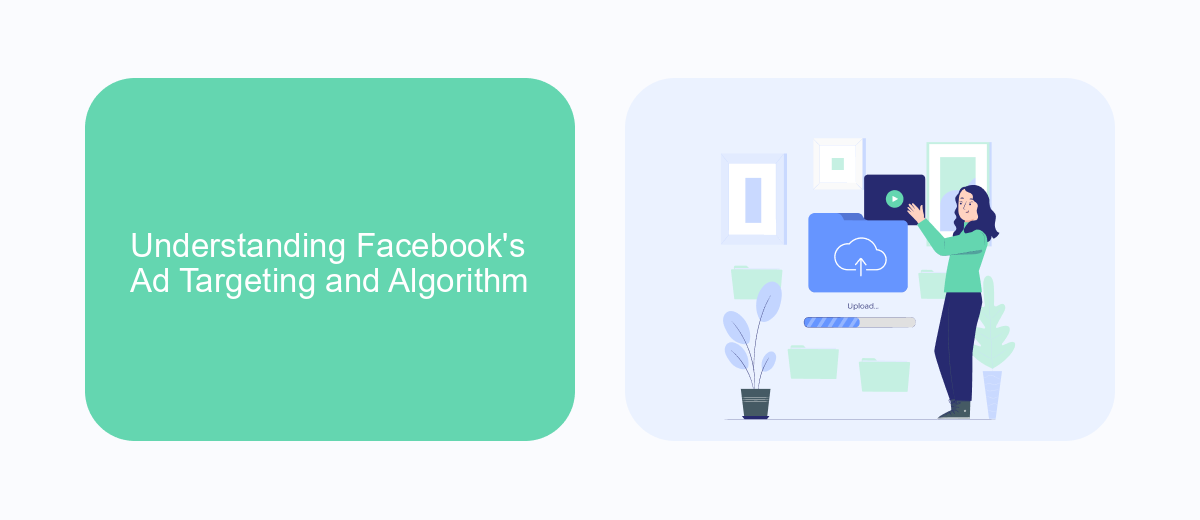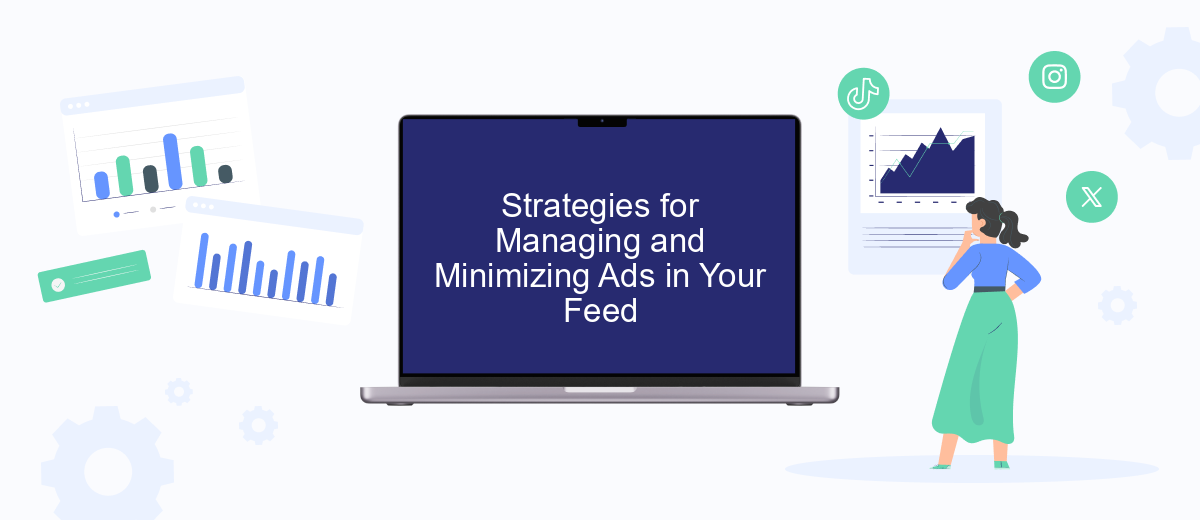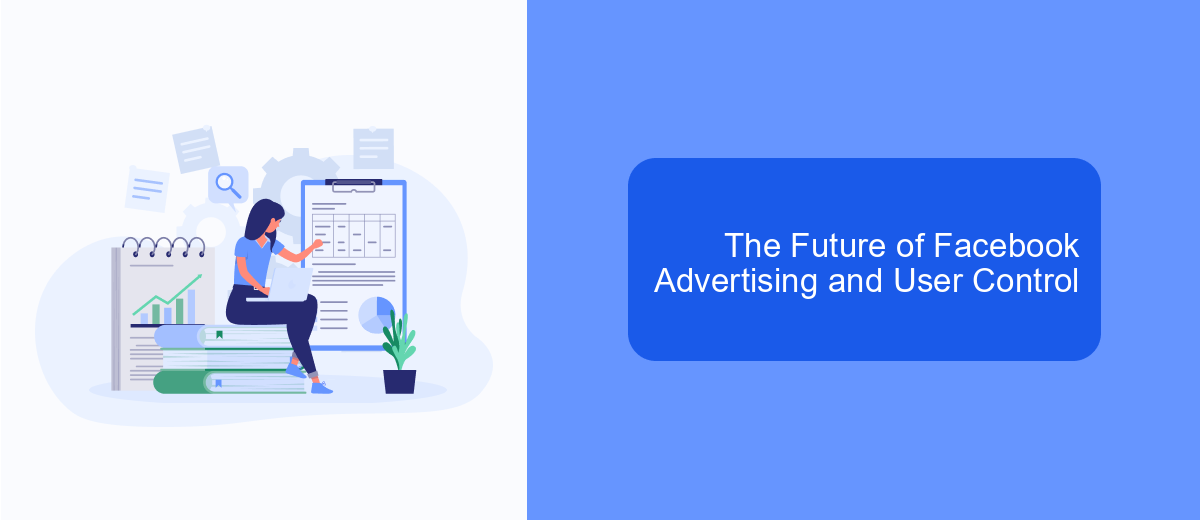In recent years, Facebook users have increasingly noticed their feeds becoming inundated with advertisements, sparking widespread discussion and debate. This shift in content visibility raises questions about the platform's priorities and the impact on user experience. As Facebook continues to balance revenue generation with user satisfaction, understanding the dynamics of ad placement becomes crucial for both users and marketers navigating this evolving digital landscape.
The Rise of Facebook Advertising and Its Impact on User Experience
Facebook has evolved from a simple social networking site into a powerful advertising platform. Over the years, the company has refined its advertising strategies, leveraging user data to deliver targeted ads. This transformation has significantly altered the user experience on the platform. As users scroll through their feeds, they are now met with a blend of personal updates and sponsored content, which can sometimes feel overwhelming.
- Increased ad frequency: Users encounter more ads as they scroll.
- Targeted advertising: Ads are tailored based on user data and behavior.
- Ad saturation: High volume of ads can lead to user fatigue.
The rise of Facebook advertising has sparked a debate about the balance between monetization and user satisfaction. While targeted ads can be relevant and useful, the sheer volume of advertisements can detract from the social experience. As Facebook continues to expand its advertising capabilities, it must find ways to maintain user engagement without compromising the platform's original purpose of connecting people.
Understanding Facebook's Ad Targeting and Algorithm

Facebook's ad targeting and algorithm are designed to deliver personalized content to users, enhancing their experience while maximizing advertiser reach. The platform collects vast amounts of data from user interactions, such as likes, shares, and comments, as well as demographic information. This data is utilized to create detailed user profiles, allowing advertisers to target specific audiences with precision. The algorithm considers factors like user engagement history and ad relevance to determine which ads appear in a user's feed, ensuring that the content is both engaging and pertinent.
For businesses looking to leverage Facebook's advertising potential, understanding and optimizing these targeting capabilities is crucial. Tools like SaveMyLeads can assist in streamlining the integration of customer data into Facebook's ad platform, ensuring that the right audiences are reached efficiently. By automating data transfers and updates, businesses can focus on crafting compelling ad content while SaveMyLeads handles the technical aspects of data management. This integration can significantly enhance the effectiveness of ad campaigns, leading to improved engagement and conversion rates.
Strategies for Managing and Minimizing Ads in Your Feed

Managing the influx of ads on your Facebook feed can significantly enhance your browsing experience. While ads are a core part of Facebook's revenue model, users have several tools at their disposal to control and minimize their presence. By employing a few strategic approaches, you can tailor your feed to better suit your preferences.
- Adjust Ad Preferences: Navigate to your Facebook settings and customize your ad preferences. This allows you to hide ads from specific advertisers and select interests that are more relevant to you.
- Utilize Ad Blockers: Consider using browser extensions designed to block ads. These tools can effectively reduce the number of ads displayed on your feed.
- Provide Feedback: Whenever you encounter an irrelevant or intrusive ad, use the "Hide Ad" feature and provide feedback. This helps Facebook refine the ads shown to you.
- Engage Selectively: Interact with content that aligns with your interests. The algorithm will adjust over time, showing you more relevant content and fewer ads.
By taking these steps, you can create a more personalized and less cluttered Facebook experience. Regularly reviewing your settings and providing feedback will ensure that your feed remains aligned with your preferences, making your time on the platform more enjoyable.
The Future of Facebook Advertising and User Control

As Facebook continues to evolve, the future of advertising on the platform is set to become more sophisticated and user-centric. With advancements in AI and machine learning, Facebook can deliver more personalized ad experiences that align better with individual user preferences and behaviors. This shift is expected to enhance user engagement while providing advertisers with more effective targeting options.
However, with the increase in personalized advertising, there are rising concerns about user privacy and control. Facebook must strike a balance between offering targeted ads and respecting user privacy. To address these concerns, Facebook is likely to implement more robust user control mechanisms, allowing individuals to customize their ad experience.
- Enhanced privacy settings for ad preferences
- Options to limit ad frequency and types
- Transparency in data usage for ad targeting
Empowering users with more control over their ad experience will not only improve user satisfaction but also build trust in the platform. As Facebook navigates these changes, the focus will be on creating a harmonious ecosystem where user interests and advertiser goals align seamlessly.
Exploring Alternatives to Facebook and Ad-Heavy Platforms
As users grow increasingly frustrated with Facebook's ad-heavy experience, many are exploring alternative platforms that prioritize user experience and privacy. Platforms like Vero and Ello offer ad-free environments, focusing on community building and content sharing without the clutter of intrusive advertisements. These platforms emphasize user control over content visibility and privacy, providing a refreshing contrast to the ad-centric approach of Facebook. Additionally, open-source networks like Mastodon allow users to create and join communities with shared interests, fostering a more personalized and ad-free social media experience.
For those who still wish to maintain a presence on Facebook while minimizing ad exposure, tools like SaveMyLeads can be invaluable. This service automates the process of integrating Facebook leads with various CRMs and other platforms, streamlining data management without the need for constant interaction with Facebook's ad-heavy interface. By leveraging such tools, users can optimize their social media engagement efficiently, reducing the time spent navigating through ads and focusing instead on meaningful interactions and content. Exploring these alternatives and tools empowers users to take control of their digital experience, aligning it more closely with their preferences and needs.
FAQ
Why am I seeing so many ads on my Facebook feed?
Can I reduce the number of ads I see on Facebook?
How do I report an ad that I find inappropriate or irrelevant?
Can I automate the management of my Facebook ads?
Why do I see ads for things I’ve never shown interest in?
Use the SaveMyLeads service to improve the speed and quality of your Facebook lead processing. You do not need to regularly check the advertising account and download the CSV file. Get leads quickly and in a convenient format. Using the SML online connector, you can set up automatic transfer of leads from Facebook to various services: CRM systems, instant messengers, task managers, email services, etc. Automate the data transfer process, save time and improve customer service.
